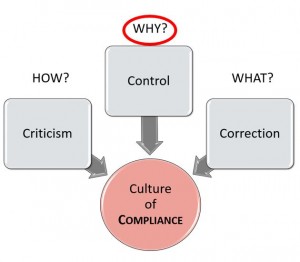 Harry couldn’t believe what he was seeing. It was shift change. Rob was leaving the locker room and headed toward the operating floor. His colorful athletic shoes were in stark contrast to the soiled and well-worn boots of the other guys around him.
Harry couldn’t believe what he was seeing. It was shift change. Rob was leaving the locker room and headed toward the operating floor. His colorful athletic shoes were in stark contrast to the soiled and well-worn boots of the other guys around him.
Rob gave a slight nod of his head as he approached Harry, one of the shift supervisors.
“Hey, Harry. Did the machine run well on first shift? I sure hope I’m not walking into a mess in there. After last week, I was hoping for a routine day at work.”
Harry wasn’t in the mood for small talk. He just pointed down at Rob’s shoes and asked abruptly, “Speaking of walking, what are you thinking? You know everyone is required to wear steel-toed shoes. No exceptions!”
“Oh, those,” Rob countered, a little taken aback by Harry’s tone. “Let me explain…”
Harry interrupted him. “No explanation needed. It’s black and white. Either you are wearing the right shoes or not. And those are definitely NOT work shoes!”
“I know that,” Rob responded, the volume of his voice rising to match Harry’s. “I was just going to…”
Harry raised his hand and stopped Rob again. “Look, you’re not going anywhere near the operating floor with those on your feet. So either borrow a pair of shoes – or go home and get some proper foot protection – ‘cause you are not working today unless you have them.”
Rob crossed his arms and glared at Harry. “Can you take one minute and listen?”


